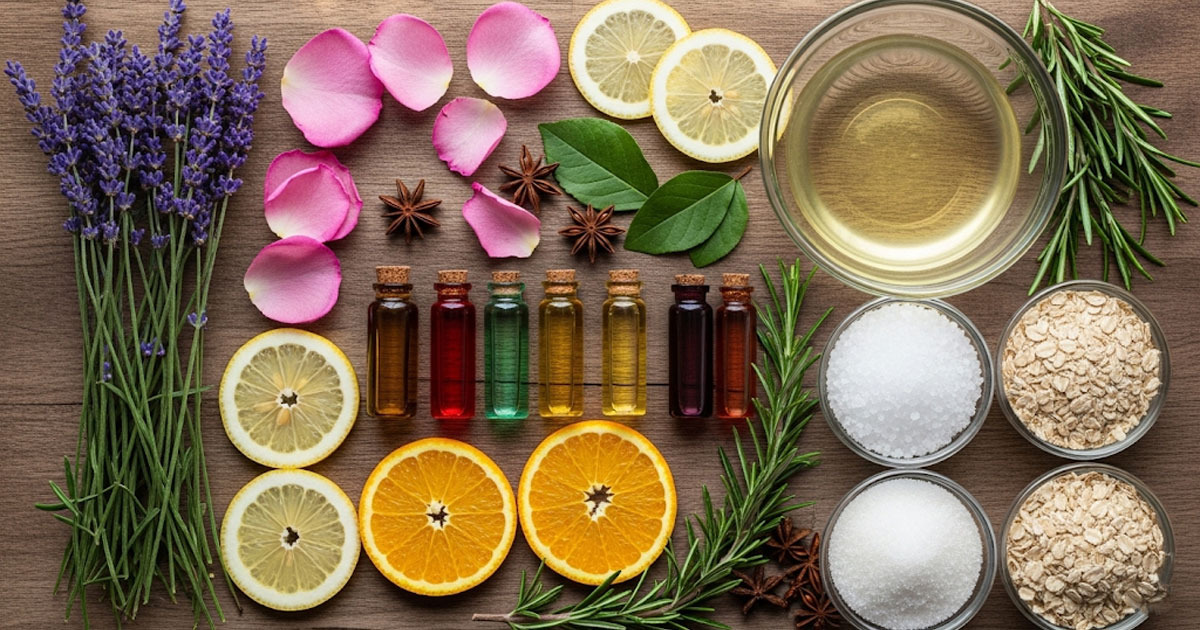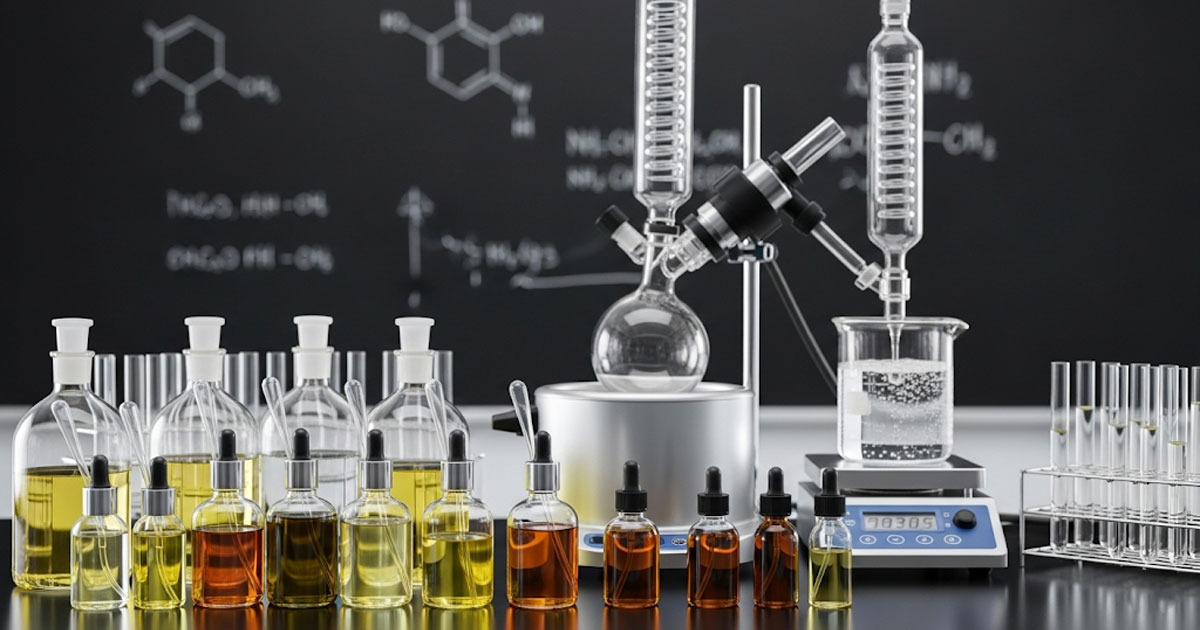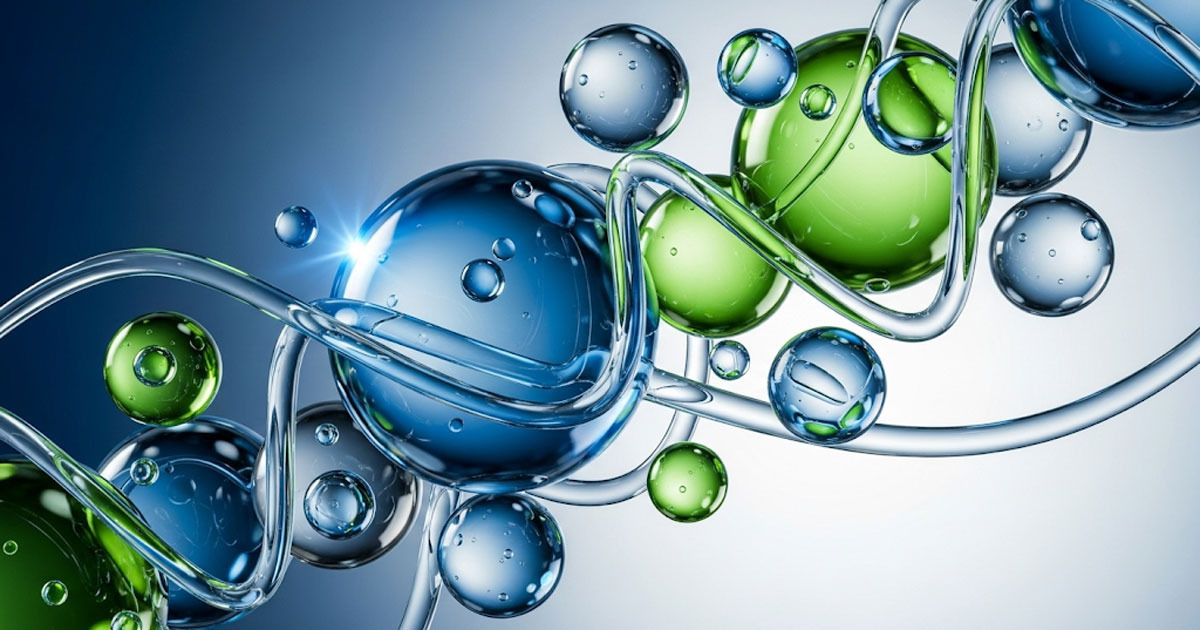Unlocking the Potential of Antioxidants in Anti-Aging Formulations
As global demand for effective, science-backed anti-aging skincare rises, formulators are turning to nature’s most potent arsenal antioxidant-rich raw materials. These biologically active compounds help neutralize oxidative stress, a leading contributor to premature skin aging.
Whether derived from plant, marine, or fermentation sources, antioxidants are now central to R&D in both premium and mass-market cosmetic products. Oxidative stress results from an imbalance between free radicals and the body’s natural defenses.
Over time, this leads to visible signs of skin aging such as fine lines, dullness, and loss of elasticity. Antioxidants combat this damage by donating electrons, thereby stabilizing free radicals before they can damage DNA, lipids, and proteins.
In cosmetic science, antioxidant-rich ingredients are appreciated not only for their efficacy but also for their compatibility with clean-label and eco-conscious formulation trends. From polyphenols to carotenoids, nature offers a wide spectrum of antioxidant molecules that align with consumer demand for performance and transparency.
Key Natural Sources of Antioxidant-Rich Raw Materials
Botanical Extracts as Cornerstones
Plants remain the most prolific source of antioxidants, offering compounds such as flavonoids, tannins, and phenolic acids. Green tea (Camellia sinensis) extract is one of the most studied, rich in epigallocatechin gallate (EGCG), a molecule proven to inhibit collagen degradation and reduce UV-induced damage.
Similarly, pomegranate seed extract, grape seed extract, and rosemary offer diverse phytochemicals with anti-inflammatory and antioxidant properties. These materials are commonly used in emulsions, serums, and gels targeting fine lines and uneven tone.
Marine-Derived Actives
Marine biodiversity has yielded powerful antioxidant raw materials such as astaxanthin from microalgae and phlorotannins from brown seaweed. These compounds offer exceptional radical-scavenging activity, often surpassing that of terrestrial plants.
Astaxanthin, for example, is over 500 times more effective than vitamin E in combating lipid peroxidation, a major cause of cell membrane aging. Its fat-soluble nature also ensures excellent penetration into the skin barrier, making it suitable for both topical and ingestible applications.
Fermentation-Enhanced Bioactives
Biotechnological advancements have enabled the enhancement of antioxidant potency through fermentation. Fermented ingredients such as rice bran, ginseng, and kombucha not only improve bioavailability but also introduce new antioxidant peptides and enzymes.
These raw materials support the skin’s microbiome while improving its ability to resist environmental aggressors. As a result, formulators are increasingly using fermented antioxidants in clean beauty lines and K-beauty-inspired products.
Mechanisms of Action in Anti-Aging Skincare
Neutralizing Reactive Oxygen Species (ROS)
At the cellular level, antioxidants work by neutralizing reactive oxygen species (ROS), which are highly unstable molecules that accelerate aging. When skin is exposed to UV rays or pollution, ROS production spikes, damaging collagen and triggering inflammation.
Ingredients like resveratrol, tocopherol (vitamin E), and ferulic acid not only quench ROS but also inhibit the chain reactions they initiate. This helps maintain skin firmness, moisture balance, and overall resilience against age-related degradation.
Supporting Skin Barrier Function
Certain antioxidants also bolster the skin’s natural barrier by promoting lipid synthesis and regulating transepidermal water loss (TEWL). Coenzyme Q10 and niacinamide are notable for their dual role as antioxidants and barrier-reinforcing agents.
By preserving the lipid matrix, these compounds help maintain skin hydration and elasticity, two key markers of youthful skin appearance. Their multi-functionality makes them invaluable for minimalist and multifunctional product lines.
Market Applications and Formulation Challenges
From Active Serums to Functional Bases
Antioxidant-rich raw materials are now featured in everything from high-performance ampoules to basic creams and cleansers. Their versatility makes them ideal for day and night products, especially when stabilized through encapsulation or synergistic pairing with other actives.
Formulators must, however, account for stability concerns, as many antioxidants degrade in the presence of light, oxygen, or heat. Using airless packaging, pH balancing, and chelating agents can enhance product shelf life and efficacy.
Regulatory and Labeling Considerations
In regulated markets, efficacy claims related to anti-aging must be substantiated with robust data. Brands using antioxidant-rich materials often conduct in vitro or clinical testing to validate claims such as “reduces fine lines” or “boosts collagen synthesis.”
Transparent sourcing and INCI (International Nomenclature of Cosmetic Ingredients) labeling are also essential to building consumer trust, particularly in segments targeting natural and vegan skincare buyers.




